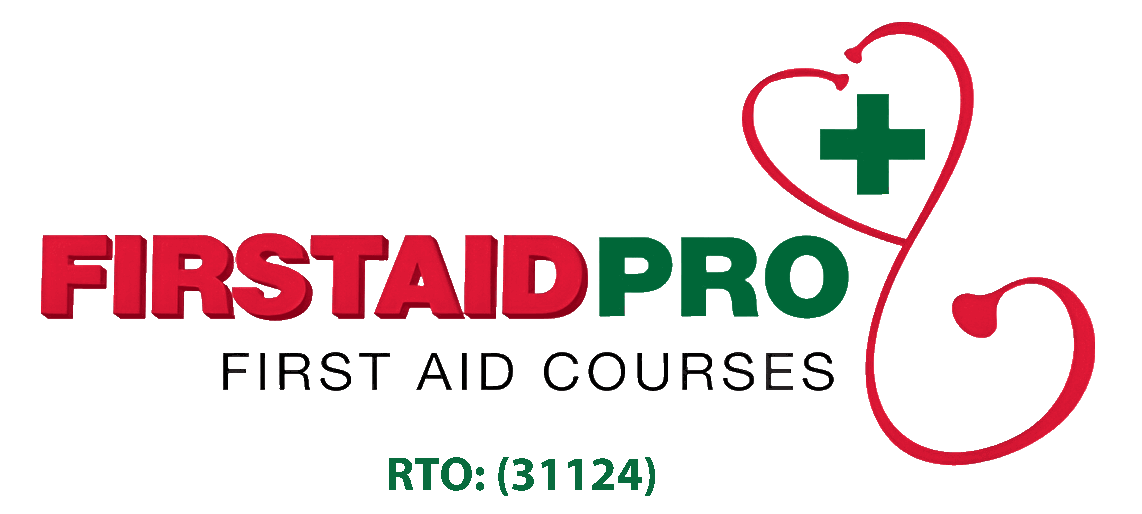Low back pain is one of the most common health problems in Australia. It’s estimated that about 4 million Australians (or 16% of the population) currently suffer back problems, and around 80% will suffer back trouble at some point in their lives.
As we age, our back loses some of its strength and resilience, which makes low back pain not entirely preventable. However, there are several ways to get relief and prolong the good health of our lower back muscles.
What is a Low Back Pain?
Low back pain refers to any injury to the lower back, including the bones, joints, connective tissues, muscles, or nerves. These injuries are common and are generally comes with pain and discomfort.
According to research, it is one of Australia’s leading causes of disability, with more than half of the overall population experiencing a significant back injury at some point in life.
Most incidents result from bone fractures and muscle sprains or stains. Sudden movements and poor manual handling when lifting heavy materials can also contribute to pain in the lower back.
These injuries can affect people of any age and for many different reasons. However, as we age, the chance of developing low back pain increases. This can be due to many factors, including previous occupations and underlying medical conditions.
Signs and Symptoms
The main symptom of a back injury is pain anywhere in the back region, sometimes extending down to the legs and buttocks. It can also travel to other regions depending on the affected nerves.
Other symptoms may include:
- Muscle spasms or tightness feeling in the lower back, the pelvis, and hips
- Low-grade fever
- Unintentional weight loss
- Urinary incontinence or difficulty urinating
- Fecal incontinence or losing control over bowel movements
- A feeling of numbness in the upper body area
A pulled muscled in the back can result in intense pain, stiffness, and spasms flareups. It can send the person on a trip to the emergency room in severe cases.
Following an injury, it is best to assess and apply treatment to bring down the low back pain to a tolerable level.
5 Self-Care Treatment for Low Back Pain
Unless there is a significant injury involved, such as falls or vehicular accidents, there might not be a need to rush to the ER for back pain. Try the following self-care strategies to help relieve symptoms.
- Avoid excessive bed rest.
Many people often think that complete bed rest will relieve back pain – wrong. Many clinical studies show that patients who stay in bed for the whole duration experience more pain than those who remain relatively active. It also contributes to the slow recovery process of the back muscles.
- Perform gentle stretches

- Use ice or heat therapy.
For ice therapy, use it a few times a day for up to 20 minutes to help relieve pain and swelling. Wrap the ice-cold in a thin cloth or towel before putting it directly on the skin to avoid injuries.
Using heating pads or warm baths can also ease low back pain. Combo of ice and heat may also work in certain circumstances.
- Use over the counter medications.
Short term use of over the counter pain relievers can help lessen pain in the lower back muscles. These include nonsteroidal anti-inflammatory drugs (NSAIDs), Ibuprofen, Naproxen, and other creams, gels, patches, and prays.
These work as stimulators on the skin nerves and provide warmth or cold to help relieve the pain sensation.
- Reduce Stress
Prolonged stress can bring harmful effects to one’s health, including the lower back. Stress can affect breathing and posture, resulting in tension and straining the back.
In most cases, low back pain is treatable at home. But there are instances where a professional help or even calling triple zero (000) is necessary.
See a doctor if the pain becomes severe, does not improve over time, or if the victim begins to show more concerning symptoms.
Relieving Your Back Pain
It may seem challenging to take a proactive approach when suffering from low back pain. However, remember that relieving backache may be within your control.
Start making simple lifestyle and habit changes and learn first aid. You might be pleasantly surprised by the results.
Are you interested in getting trained?
At First Aid Pro, we take pride in delivering high quality, affordable, and nationally recognised first aid courses across Australia. If you’re interested in taking part in individual or group training courses, contact us at courses@firstaidpro.com.au today.
